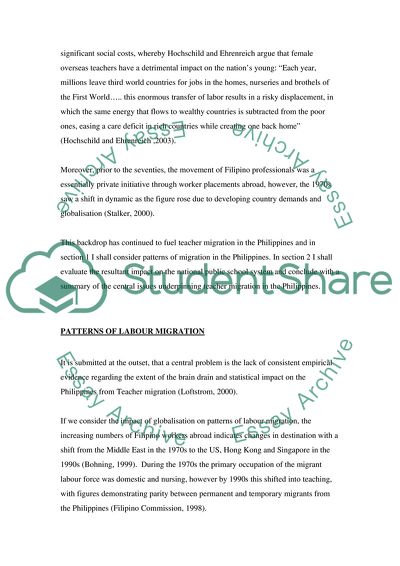Cite this document
(Teachers Migration in the Philippines Research Paper, n.d.)
Teachers Migration in the Philippines Research Paper. https://studentshare.org/education/1719995-a-research-paper-teachers-migration-in-the-philippines
Teachers Migration in the Philippines Research Paper. https://studentshare.org/education/1719995-a-research-paper-teachers-migration-in-the-philippines
(Teachers Migration in the Philippines Research Paper)
Teachers Migration in the Philippines Research Paper. https://studentshare.org/education/1719995-a-research-paper-teachers-migration-in-the-philippines.
Teachers Migration in the Philippines Research Paper. https://studentshare.org/education/1719995-a-research-paper-teachers-migration-in-the-philippines.
“Teachers Migration in the Philippines Research Paper”. https://studentshare.org/education/1719995-a-research-paper-teachers-migration-in-the-philippines.


